We Are Not Alone
2/13/25 – A reality check
Hello everyone:
I offered an essay with this title two years ago, and this new one borrows a bit from it, but this is otherwise a new adventure. The impulse behind the do-over is a particular ambition; I’m playing with the idea of writing a book with this title. More on that, if it happens, in the months to come.
As always, please remember to scroll past the end of the essay to read some curated Anthropocene news.
Now on to this week’s writing:
To walk alone in the middle of Antarctica is a wonderful lesson in isolation. In the emptiest place on Earth, there is often no place to walk to. There is no Point B. There is only you and an overwhelming blankness that stretches to the horizon and beyond.
It was a study of emptiness I practiced often. And, to be honest, what it taught me still underpins much of who I am and why I write.
In the middle of East Antarctica, a featureless ice cap three miles deep and larger than Australia, I could wander far enough away that the cluster of tents I’d left behind was reduced to a smudge near the threshold between ice and sky. That’s the photo above, with my footprints telling the tale. In that space, a landscape composed only of wind, ice, and sky, I became a warm and useless mote. My presence meant no more than the hapless microbes blown in on the jet stream and soon entombed in the eternal ice.
With a scant human history, the middle of Antarctica might as well be the Moon. The first people to see it did so only a century ago, and even now the sum total of all humans who have stood on the West and East Antarctic ice caps reaches only into the thousands. It’s not a place that could have sustained our ancestors, and it’s still not a place that allows anything to thrive. On the ice caps there are no plants or animals, no food web, and thus none of the basic units of life we call communities.
But the lesson in isolation was not about feeling alone. The reality that presented itself to me was as wondrous as it was stark. I was as distant as someone can be on Earth, like a solo sailor in mid-ocean adrift on a frozen sea, but I never felt so intimately connected to the astonishing Earth as I did there, on the ice, clad in parka and boots and listening to the song of hypothermia. I wasn’t embraced by a fern-filled New Zealand forest or connected by dipped toes to the cool rich waters of coastal Maine, but I was swallowed up nonetheless by a sense of belonging.
It is a feature of human consciousness that we can forge this kind of intimacy with any landscape, as Barry Lopez - one of our wisest writers - knew well. Walking an Australian desert, he once wrote this:
My goal that day was intimacy — the tactile, olfactory, visual, and sonic details of what, to most people in my culture, would appear to be a wasteland.
Yes, the ice continent is a cold and empty place that can kill me easily. And yes, it’s a landscape described more accurately by physics than biology. But every Antarctic walk felt like an open but secret path that led me behind life’s green curtain to find the nature behind nature. All that ice looked like the blank slate from which all life emerges, and sounded like the quietude to which all life returns. It is transient enough to melt at our touch and permanent enough to last millions of years, a fine metaphor for the enduring mutability of life.
A witness to nothing and everything, I stood on a cold satellite looking down at the warm world and knowing it was home. I was a distant fingertip still sensitive enough to feel the pulse of the planet’s beating heart.
However isolated, I was never alone. Beyond the aesthetics, there were my warm realities. I was connected to friends and coworkers back in camp, of course, and to the community at the larger Antarctic base we had flown into the hinterlands from. And I was tied to the green home world by all the logistical threads Anthropocene culture had woven to sustain human outposts on the antibiotic continent. Everything we’d brought to this icy moon - snowmobiles and trucks, tents and science facilities, food and fuel - had been woven out of the life that eats light and glints back into the solar system with emerald and azure hues.
Years later, today, here in Maine, I’m surrounded by snow and ice again. We’ve had an old-fashioned winter these past two months, with single-digit lows and double-digit accumulation. The snow piles up even as the light slowly returns. Around us in the blanketed woods, life is still mostly hunkered down. Above ground, a skeleton crew of birds and mammals slip through the ecology of slant-lit trees, while below ground the rest of life burrows, sleeps, nibbles, and waits.
From within our warm rooms we look outside and wonder whether the landscape looks beautiful or lonely. It’s a query answered easily by bundling up and walking through the veil of cold into winter’s stark abundance. The more-than-human world is always pulsing with life, even under the ice and snow. Buds swell in expectation of spring. Voles create a subnivean network of tunnels between food sources, only to be haunted in those snowlit passages by the small furry dragons we call weasels and shrews. We assume that life under pond ice is asleep in the dark, but insects, amphibians, and fish thrive amid the green remnants of summer.
I remember with fondness a marvelous afternoon many winters ago when Heather and I watched a young barred owl swoop down on a mouse or vole in the field by our house and take it back to her sunlit perch in the apple tree. The owl swallowed the carcass whole and then, with her belly full, struggled to remain awake. We watched, delighted, as her eyes fluttered and eventually closed and she slept, her feathers fluffed out to capture and keep the warmth of a pale December sun.
Winter is not an end, and nothing is alone. Around here, the Sun’s energy is contained in samara and lichen, woodpecker and hare, fern and mussel and thrip. Everything is alive, always, even in death. Life is defined not by form or heat but by flow and relationship. Everything is connected, and energy can neither be created nor destroyed. It seems to me that for naturalists, as for mystics, time and space should seem less units of measure than threads in the fabric.
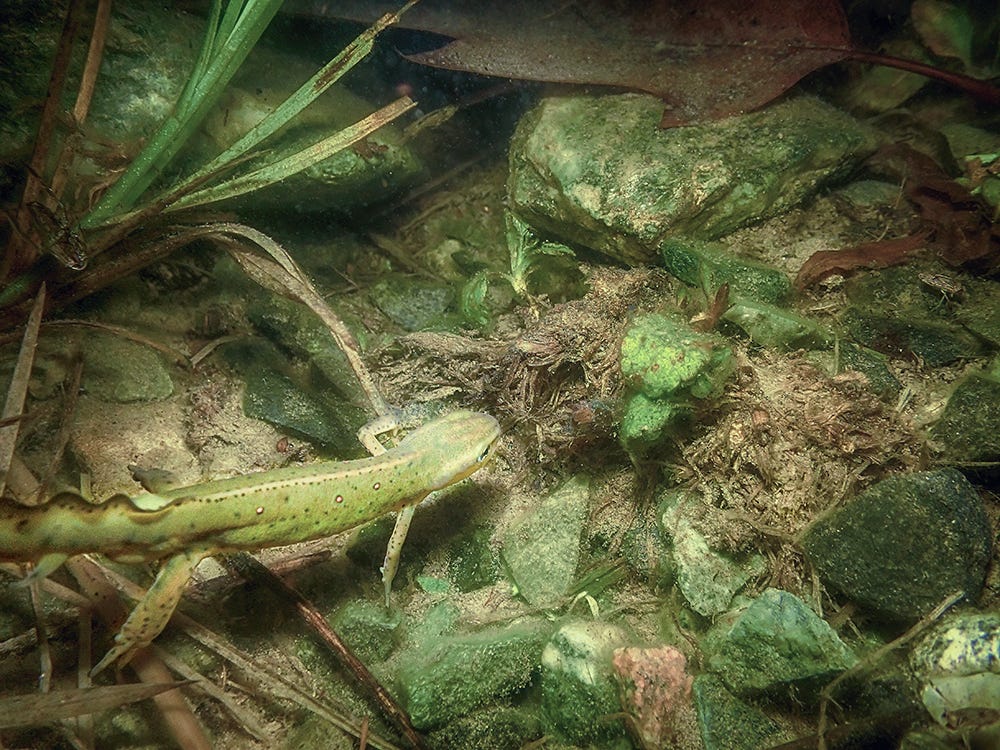
The apparent austerity of winter makes it a good time to talk about a false perception of aloneness that underpins the Anthropocene. In particular, I have long thought that the most lunatic question in this lunatic era of ecological erasure is “Are we alone in the universe?”
Asking whether Earth is the only planet to host life is a rational, reasonable, and intriguing query. But far too often the “we” in the Are we alone? question refers only to humans. The “search for intelligent life” elsewhere in the galaxy is restricted to ACCs (active communicative civilizations) who, ideally, watch as much TV as we do and send those signals outward. SETI isn’t listening for extraterrestrial birdsong on a warm spring morning somewhere beyond the Alpha Centauri system; it’s looking hopefully into an astral mirror.
Examples of the lonely human bias in this question abound, but for now I’ll just cite this Scientific American article. It’s written by an accomplished editor and writer at a major science magazine:
Astronomers estimate that there are some 100 billion to 200 billion galaxies in the universe—averaging 100 million stars apiece. The number of exoplanets out there is mind-boggling, each a potential cradle for life. Given the math, it seems impossible that we humans would be the only living things in the cosmos.
I’ve added a bold emphasis to the last sentence to make clear its lunacy.
We are meant, I know, to hear intellectual nobility in the Are we alone? question as it demonstrates the human mind questing upward from its animal roots toward the eternal sky. Surely, with god-like qualities of our own, our place is out there among the stars, right? Our photographs of the Earth from orbit, or from the Moon, show the distance we have already traveled toward the next interstellar phase of human evolution, right?
Nope.
We are apes who relentlessly, obsessively tell stories to ourselves and to other apes about apes and ape-life. Nearly all of our stories about other species and Other realities are really stories about us. Many of our stories are delusional, particularly the allegorical sci-fi tales - what I call stellarnovelas - that imagine us as apes on other planets.
The wealthy nations which have caused the most harm will continue to push these imagined planetary trajectories, but as an observer of the Anthropocene I’m here to tell you that if we don’t tend to the Earth then we’ll never have a meaningful relationship with the stars. The existential planetary boundaries we’ve already transgressed – from climate heating to chemical pollution to habitat loss – will, if neglected, limit our ability to do much more than send a handful of spacesuited refugees to fiddle and die on Mars while Rome burns.
To be clear, I don’t mean that Are we alone? is merely foolish and blind. I mean that it is deeply irrational and harmful. One glimpse at the blue-green globe in the blackness of space, or for that matter one glance out a sunlit window, tells a rational, mindful, empathetic soul that it is not alone. We are literally surrounded by intelligent life, and always have been. To believe otherwise, we now know, is to threaten all of life.

You are not alone. We are not alone.
Only in “the lonely bone cave of the mind,” as Maria Popova calls it, does the natural world that nurtured (and still nurtures) our species become invisible. Outside our skulls, the world is still vibrant, mysterious, and beautiful, even as it suffers from the stories we have, in recent centuries, begun to tell.
We’re not alone because we’re all creatures of the Sun. We’re all borrowed energy. To be alive, by definition, is to be together. We have communities of microbial life within us, and we are constituents of multiple communities of life that ripple outward in woven ecological circles which each rely on the wholeness of the other. The connective threads that kept me alive in Antarctica keep us all alive everywhere.
We’re not alone in our thinking or feeling. We are surrounded by innumerable intelligences, all of which deserve our awe, respect, and study, and none of which we fully understand. Insects are sentient, forests communicate, birds play games, elephants grieve, and slime molds navigate, but we increasingly lose touch with that lush reality as we embrace instead the artificial intelligences we call corporations and the AIs they’re building for their own purposes. We have become, in many ways, aliens on our own planet. (And that’s why we’ll never be aliens anywhere else.)
We’re not alone on our paths, each of which is crossed by the innumerable paths of other species. We live alongside the fox on the road, the mouse in our basement, and the young spiders and milkweed seeds flying alongside our aircraft and airborne microplastics. And we’re not alone with our wounds, as the toxic world we’ve made infiltrates the lands, waters, and snows of every living community.
We’re certainly not alone in our dying. We’re part of the tide of life, ebbing and flowing, of course, and as the Anthropocene slouches forward we’re learning too that as we extinguish life, so are we extinguished. We live and die together in our human and natural communities, making meaning from our mortality as best we can. As
writes so beautifully,Death gives definition to our edges, like an artwork framed. We can use the constraints of our mortality to engage more deeply with life, just as Birds use the constraints of their physical form to transform falling into flight.
Nor are we alone in the work that needs doing to revitalize the living world. Often, that means we have to stop making things worse in order to let communities of life revive on their own terms. But there is so much intervention to do as well, not least to fix an overheated world, and all of it must be done in human community, as part of the global network of communities, for the sake of all the natural communities that embrace us, from the microbial to the planetary. As
wrote in her book, Saving Us, about the climate work to be done,The first step across the abyss we all face together is to recognize we are not alone. Together, we are the answer to climate change; and building that bridge begins with a conversation, today.
Finally, to truly recognize that we are not alone also requires the realization that the Earth is not ours. That’s an ethical statement - we belong to the Earth; it does not belong to us - but it is also a reality check. Remember those microbes carried by the jet stream to the middle of Antarctica and entombed in the eternal ice that I walked across in my travels? Well, researchers have been able to revive some bacteria that were waiting in that ice for eight million years. That’s the nature of nature, and that’s the community of life we and our fellow apes are a small part of. To truly recognize that, and to not be alone, will require some humility.
Thanks for sticking with me.
In other Anthropocene news:
If you read nothing else, read this: From LitHub, a truly brilliant and insightful introduction by Tyson Yunkaporta to his new book, Right Story, Wrong Story: How to Have Fearless Conversations in Hell. There are some expected bits of Indigenous wisdom (“My web of relations is what allows me to write this book, what constitutes me as a human being. Without that, I die.”) and some unexpected bits too (“Apocalypses are unsettling things, but they become much more interesting if you have prepped by stockpiling relationships rather than guns, gold and vitamin supplements.”). But the paragraph that really got my attention was this one:
We all try really hard, but I tell you, I’m sick of hearing this rubbish statistic about eighty per cent of the world’s remaining biodiversity being diligently cared for by Indigenous Peoples. Most of us have only nominal Native Title and no real control, “co-managing” the land at best, in ways that facilitate mining or agricultural interests, while we struggle to feed and shelter ourselves in the economy of the occupying culture. That doesn’t leave us much time to look after the shred of biodiversity left in their water reserves, agriculture complexes, real-estate developments and mining leases. Our family does continue this work in our sacred places (the ones that haven’t yet been blown up or bulldozed), but it is very hard to cram it all into a weekend.
From Harper’s, “A Good Company,” a long, well-written, and poignant story from Justin Nobel, the author of the important book, Petroleum-238: Big Oil’s Dangerous Secret and the Grassroots Fight to Stop It, which was “the product of a seven-year investigation into the radioactivity brought to the surface by oil and gas development, and the various threats it posed to the industry’s workers, the public, and the environment.” Nobel had a contract for his book with major publisher Simon & Schuster, but at great personal cost he canceled his deal, paid back the advance, and was forced to self-publish a book that might have rocked the industry. Why did he cancel? Because his publisher was bought out by an investment firm that had its fingers in the radioactive fracking waste business.
From Inside Climate News, just in case you weren’t aware, January was the warmest January in recorded history, global heat has been increasing with unexpected intensity, and the latest reports from climate scientist Jim Hansen and colleagues suggest that one catastrophic result will be the collapse of the AMOC (Atlantic Meridional Overturning Current) in the next 20 to 30 years. (My essay “Running AMOC” offers more on the possible AMOC collapse.) The article gives voice to other scientists who disagree with some of Hansen’s findings, but as NASA illustrates here there’s little doubt about the general problem:
From Rewiring America, a good news story about a woman in West Virginia who found great work at a solar installation company bringing clean energy and economic stability to the region.
From Volts, another great podcast from
about the current state of enhanced geothermal, an energy source that few of us saw coming but which may one day form a backbone of the clean energy revolution. He interviews Fervo Energy’s CEO in front of a live audience to offer some positive news about a promising technology and its rare bipartisan support.From
and , “Lies and Light,” a powerful story of chickadee songs in midwinter, the difference between natural subterfuge and human mendacity, phenological mismatch, and finding our way by going outside into the truest reality there is.From
and , “The Duck Spa: Finding Solace in a Fractured World,” a narrative whose lesson we all know but seem to perpetually forget: Settling deep into the natural world is a balm to ease our anxieties in our unnatural world. Bill draws us in with him as he inches closer both to the ducks and to a feeling of respite from the news:I want the birds to come close, not just to photograph them, but because their presence offers something our screens and anxious headlines never can. The undaunted birds, so free, so near, carry no burden of tomorrow's fears. In their eyes, I see a reflection not of my worried self but of something older and wiser – a world where that sparkle in their eye is worth more than gold. The ducks' shining feathers, calls, splashing, diving, and joy pulled me into their orbit, and the dread that followed me here dissolved like morning mist over the lake.
From
at Street Smart Naturalist, “Waterfront Clam Garden,” an upbeat tour of a new Seattle park that nicely incorporates Indigenous art and thought.From Reasons to be Cheerful, fish and other marine life are thriving in the Seine, that lifeblood river of Paris which not long ago was still considered biologically dead.
From
, save some of the rage you feel toward Elon Musk and redirect it to Harold Hamm, the oil tycoon shaping much of Trump’s pro-fossil fuel and anti-environmental blitzkrieg.From Anthropocene, a new study finds that the last several decades of agricultural innovation to increase crop yields has also provided immense benefits to biodiversity. Why? Because without those innovations, many more millions of hectares of deforestation would have been required to feed the burgeoning human population. The study does not admit that deforestation and extinctions have radically increased alongside agricultural increases, only that things would have been much worse without the innovations.



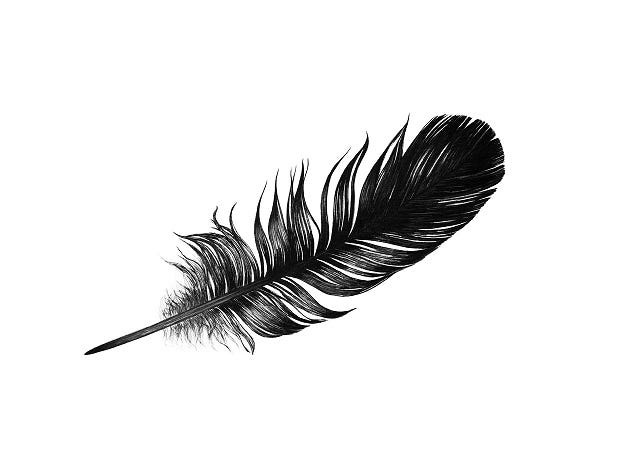
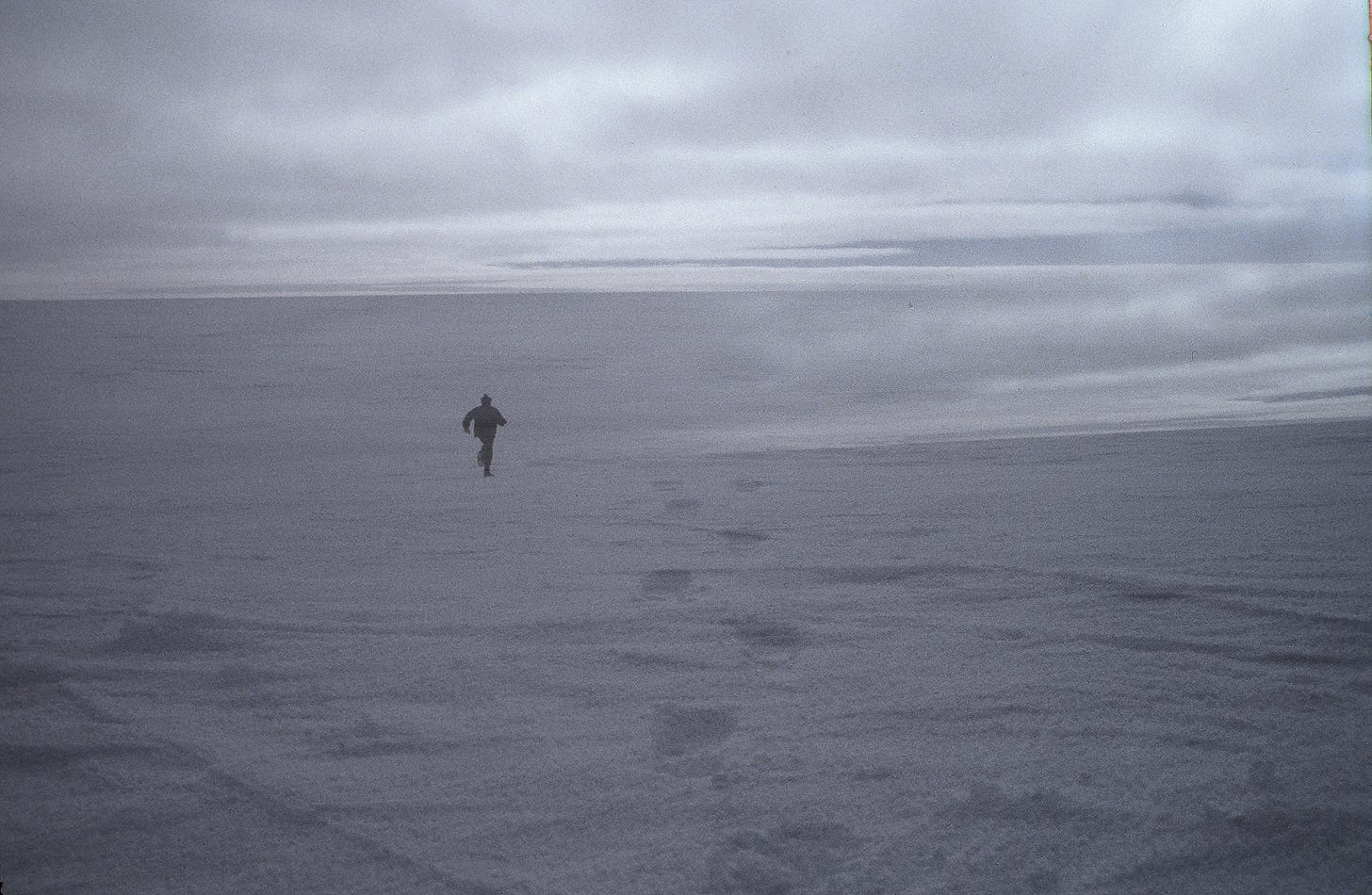
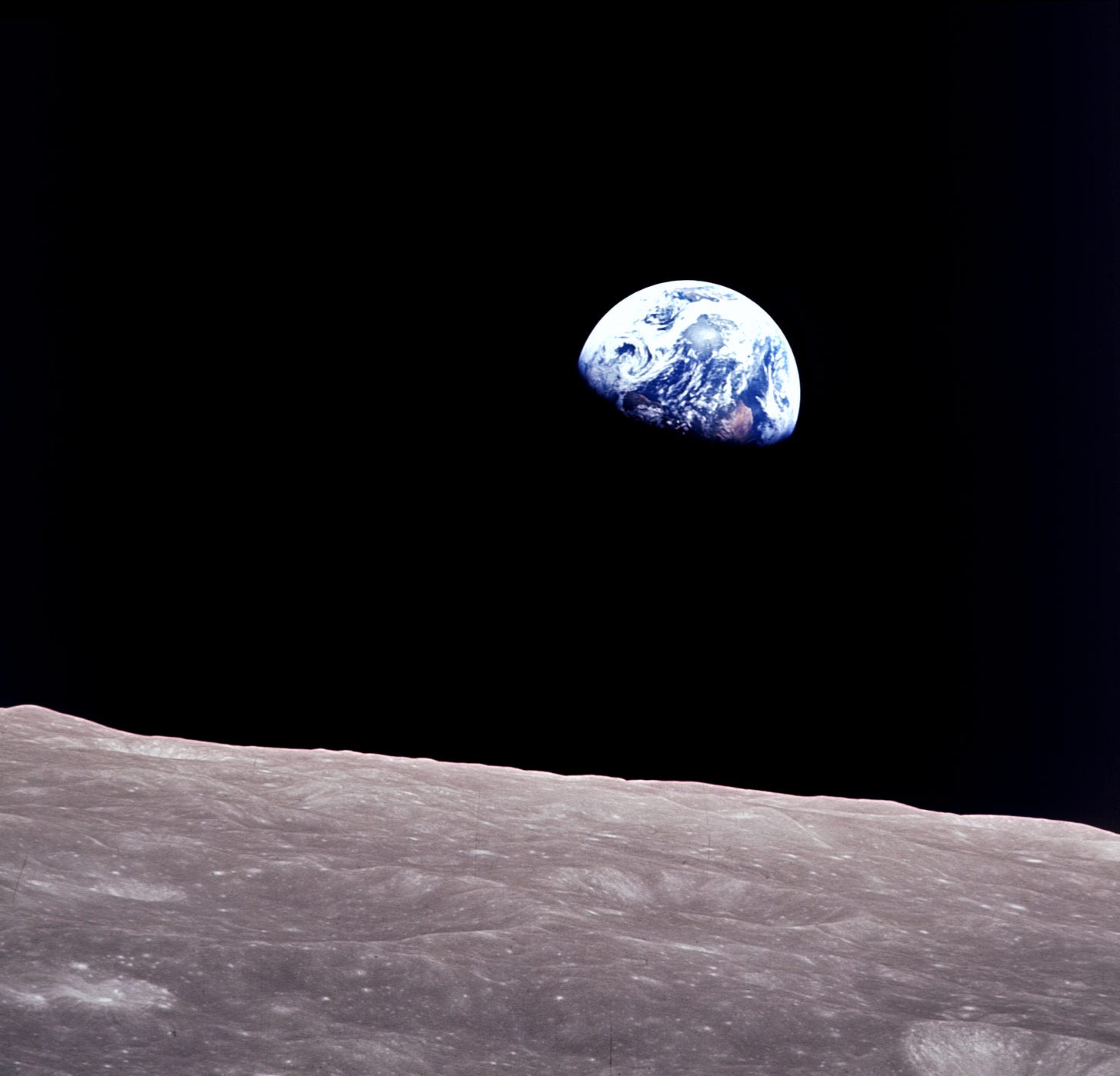
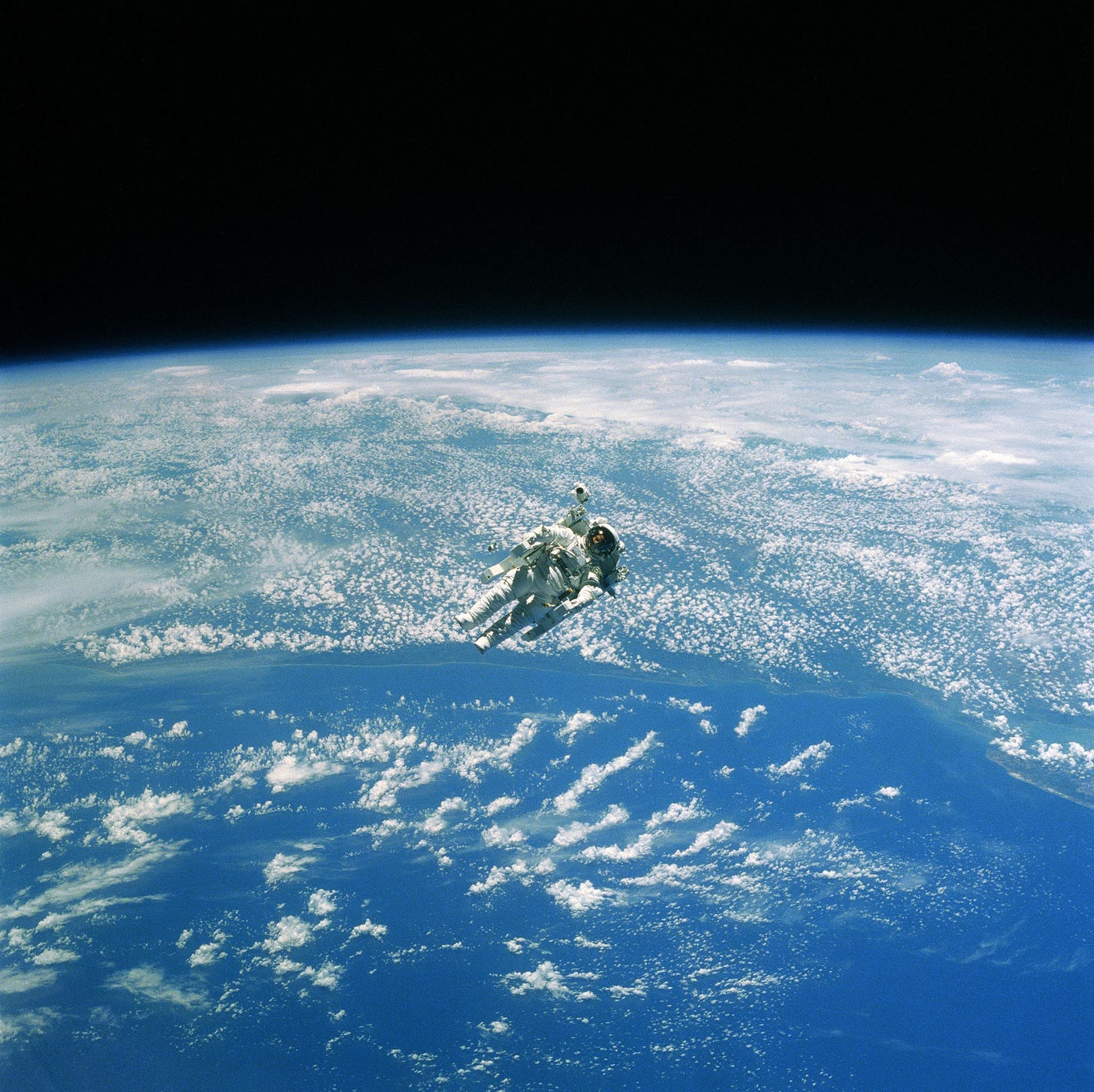
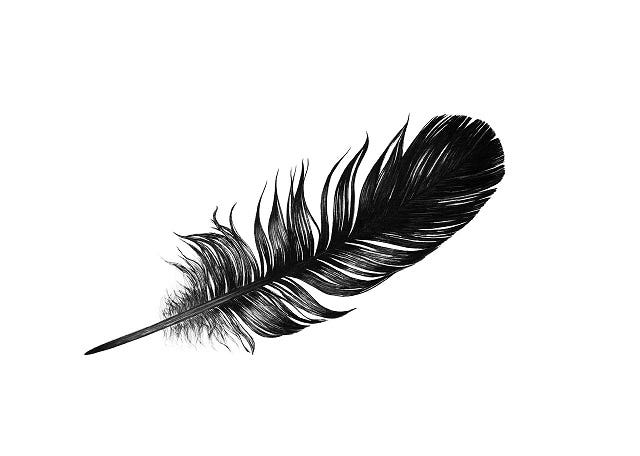
Thank you, Jason. This beautiful truth stood out to me: “we belong to the Earth; it does not belong to us.” ❄️
I hardly dare comment after such exquisite writing. I look forward to your book, Jason. Take very good care of yourself in all that tempestuous Maine winter weather. We need your brave and eloquent voice.